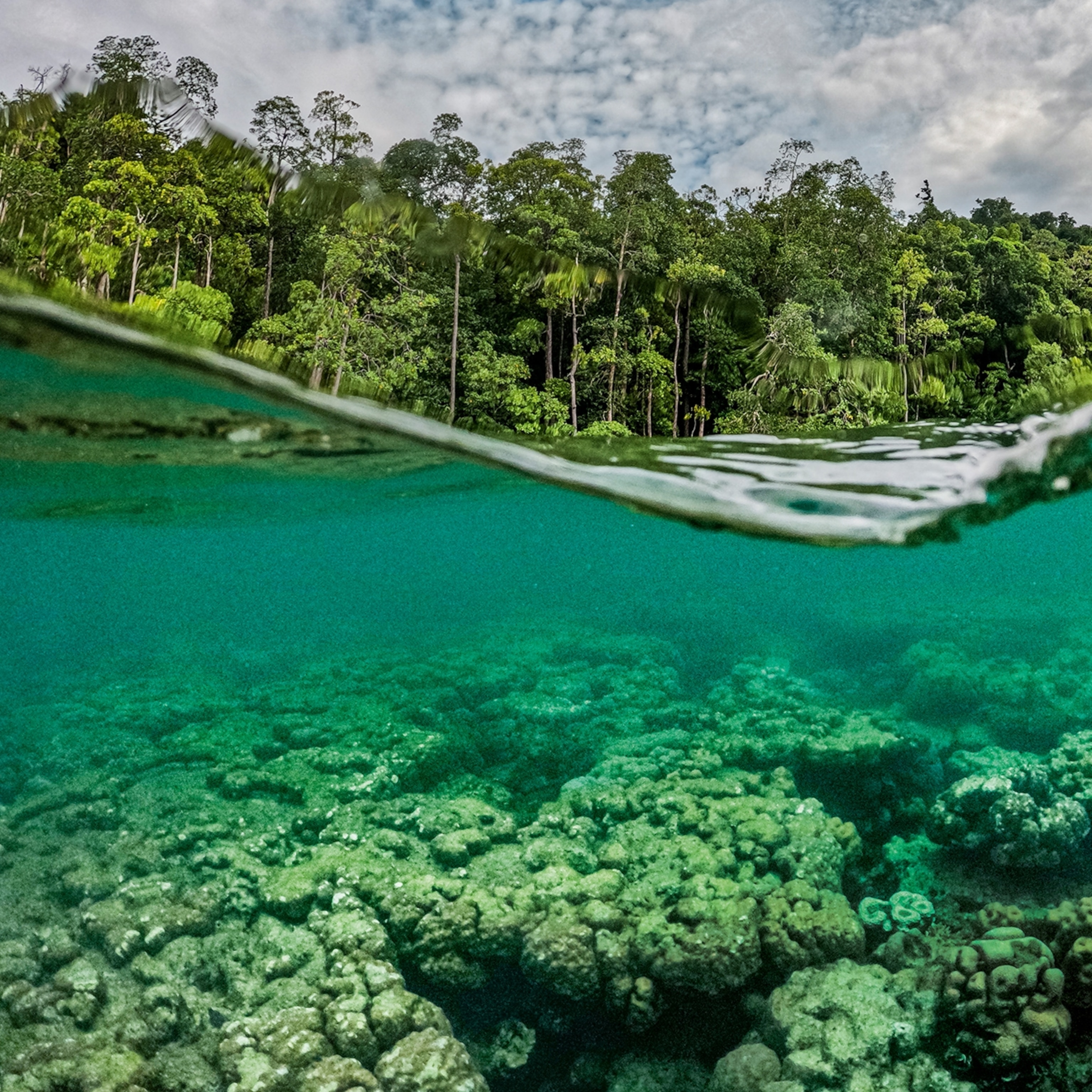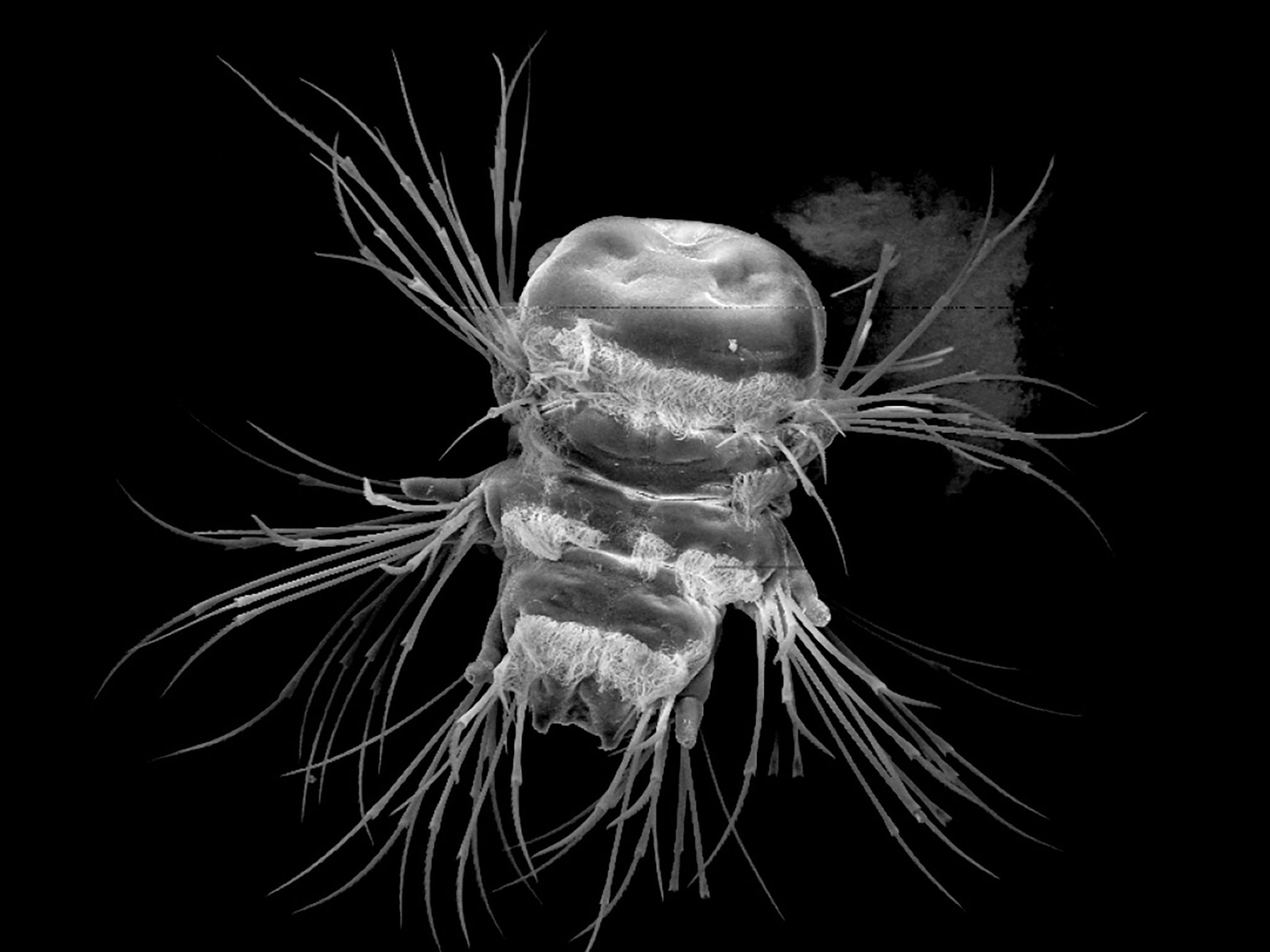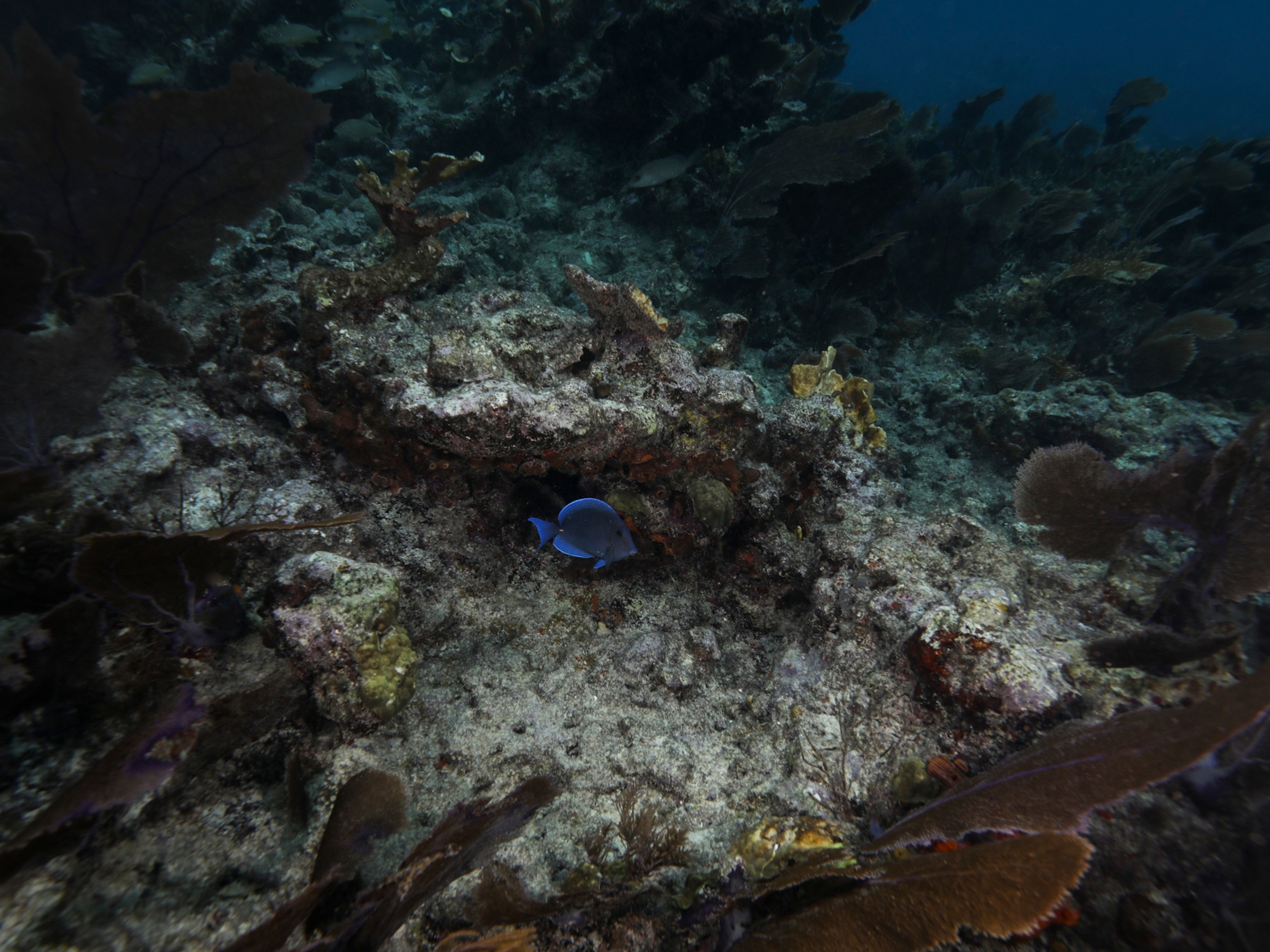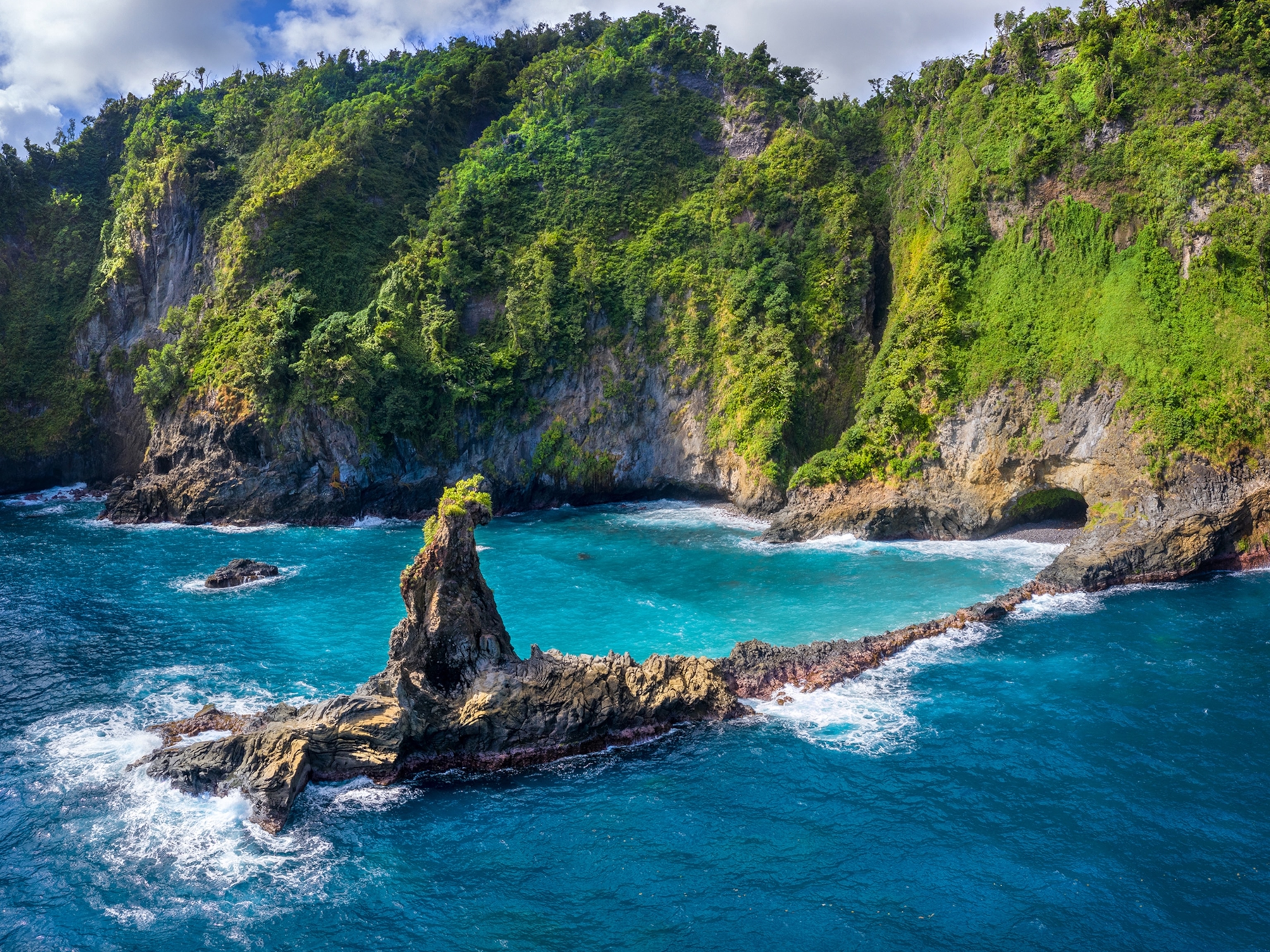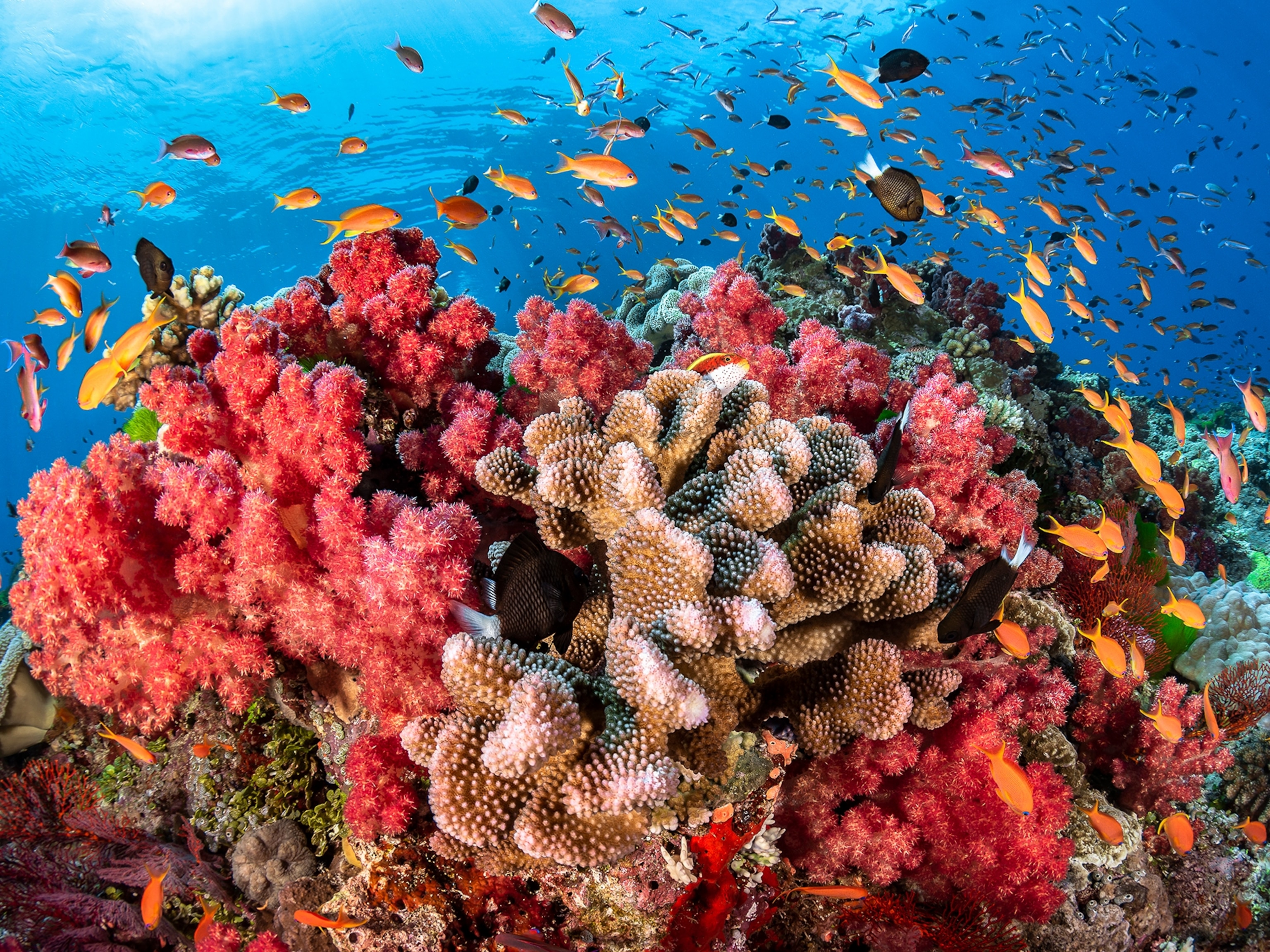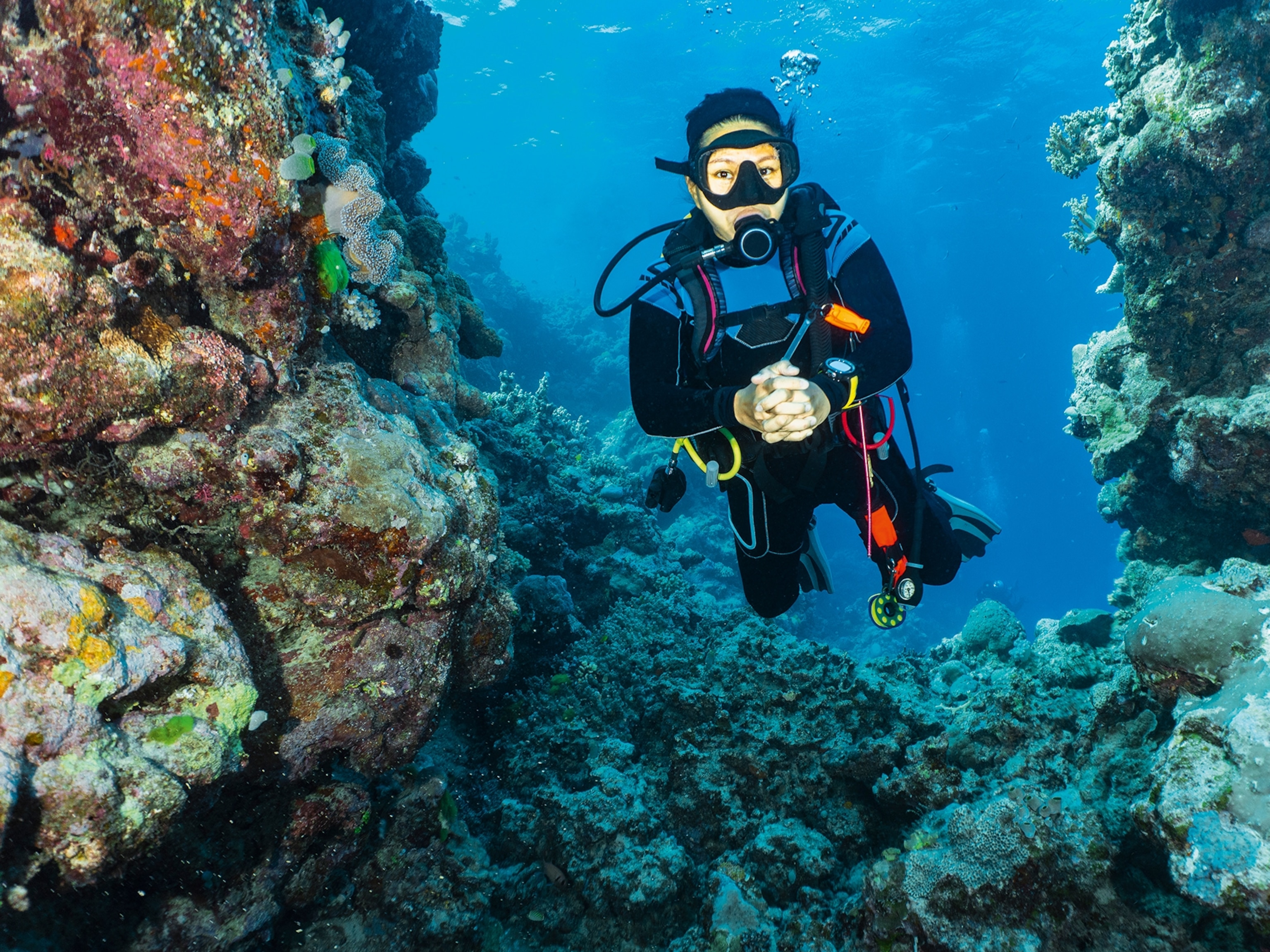3D-Printed Reefs Offer Hope in Coral Bleaching Crisis
Fabien Cousteau and Dutch engineers hope new technology can slow damage in the ocean.
The news on coral reefs alternates between doom and hope. Reefs are among the most fragile ecosystems on the planet and essential to marine life. They are also highly sensitive to climate change and are dying at a dramatic rate.
By the century’s end, virtually every reef in the ocean will suffer annual life-threatening bleaching events, according to a report published earlier this year in Nature’s Scientific Reports. Australian scientists who surveyed the Great Barrier Reef last month now say the world’s largest coral reef system, which lost about a fourth of its coral last year in its worst-ever bleaching event, faces another bleaching problem this year that could be even worse. A paper published Thursday on the cover of Nature confirmed those fears by documenting hundreds of miles of bleached Australian reef, a consequence of warmer water.
But—and here’s the hope—fake reefs may be less vulnerable to climate change and more durable in the changing ocean chemistry than natural reefs. Scientists are using 3D-printing technology that enables them to create fake reefs mimicking the texture and architectural structure of natural reefs in ways that haven’t been achieved in prior restoration efforts.
Experimental installations of these 3D-printed reefs are now going on in the Mediterranean, the Caribbean, the Persian Gulf, and Australia. If they succeed in the coming years in luring not only fish but also baby coral polyps, which attach themselves to structures and multiply, they can grow into new reefs and reestablish some of the most important habitats on Earth.
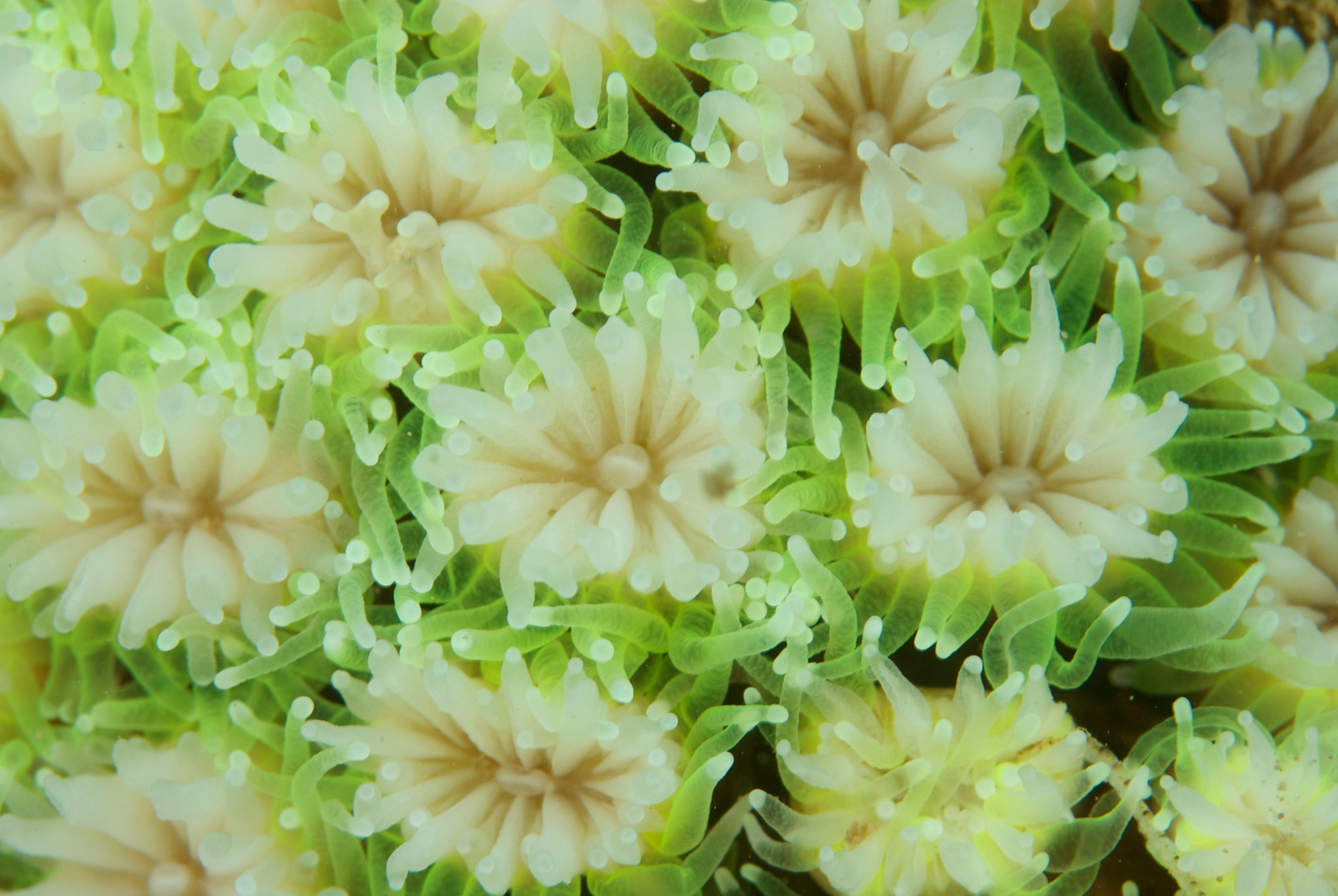
“It is an interesting step forward, in terms of putting something back that is really reflective of what was there originally,” says Ruth Gates, a marine scientist at the University of Hawaii who researches coral resiliency to climate change. “I think it’s great.”
How to Print a Reef
3D-printing technology dates to the 1980s and has been compared in importance with the transformative inventions of the Industrial Revolution. The technology has been used to make everything from jewelry to auto parts to human kidneys made with human cells that have been successfully transplanted.
3D printing edged its way into wildlife in the early 2000s. Dudley, a duck who lived in British Columbia, Canada, and lost a fight with a chicken, was given a prosthetic leg. A bald eagle whose beak had been partially shot off received a 3D-printed bill that looks like the real thing. It was only a matter of time before someone figured out how to recreate a reef structure.
The first 3D reef was sunk off Bahrain in the Persian Gulf in 2012. Still, it was a long leap from making bird beaks and duck legs. Designing 3D reefs has been compared to designing a city for very specific inhabitants. Reef sections can weigh up to 2.5 tons each.
Coral reefs are constructed by colonies of millions of tiny coral polyps, which are animals that harbor algae-like organisms called zooxanthellae within their tissue. Both are mutually dependent. Coral provides a protective home for the algae; the zooxanthellae feed essential nutrients to the coral.
Artificial reefs are not new. They have been made of sunken shipwrecks, plastic, concrete blocks, old tires, and old cars—all heaped onto the ocean floor in hopes that fish and other marine life will come to call them home. A statue of Christ stands encrusted with corals beneath the surface off the Florida Keys.
But many of these artificial reefs fail because they don’t really fit in with their surroundings. A 3D-printed reef, on the other hand, recreates nooks and crannies, protective space for fish, passageways, doors, and angles that cast shade or light and enable fish to avoid predators or feed.
The Dutch maritime firm Boskalis, which is working on a restoration effort for Monaco in partnership with the Prince Albert II of Monaco Foundation, printed six 3D reef structures to be submerged in the Monaco Larvotto Reserve. Each reef is made of dolomite sand, weighs 2.5 tons, and measures six-and-a-half feet (two meters) in diameter and slightly more than three feet (one meter) in height. Each reef took 13 hours to print.
Astrid Kramer and Jamie Lescinski, both company senior engineers, said in an interview that the 3D reefs will be monitored for two years, to see how much of the marine life that occupied the natural reef returns. Size and dimensions of the crevices affect which fish species will show up.
“Nowadays, in order to get sufficient habitat, you need a more complex structure with cavities and small spaces,” Kramer says.
There are downsides to 3D-printed reefs. Most of them are unknowns because the work is so new. What will attract corals? How sustainable are these massive structures? Can they withstand a hurricane-strength storm?
“A non-living coral reef will decay and erode and become rubble quickly without the stabilizing veneer of living tissue,” says Gates. “It is an aggressive environment that reefs grow in. They are as vulnerable to deterioration as living structures and more if the materials are not really, really strong.”
A Cousteau Gives it a Shot
In the Caribbean, Fabien Cousteau, grandson of the late, famed ocean explorer Jacques Cousteau, began a 3D-printed reef project in January in Bonaire, where he is working with the Harbour Village Beach Club. Cousteau began diving in the Caribbean as a four-year-old and has watched reefs die off, transforming from colorful, bountiful undersea gardens to virtual deserts.
“There is no silver bullet with coral restoration,” he warns. “You are talking about a very complex environment, a complex animal with a lot of variations with each subspecies. All of this is an experiment. In the short term, we’ve seen a lot of positive momentum with certain species of coral. But remember, this is a drop in the bucket in a very, very large ocean.”
